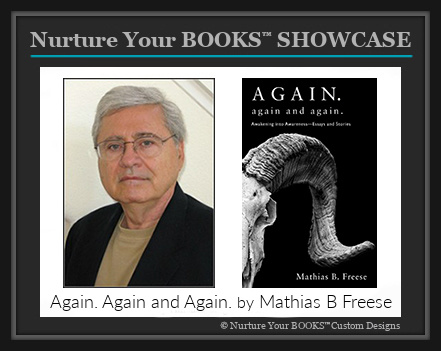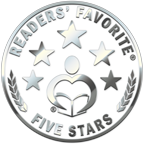For the past two months or so I’ve been working on two books simultaneously which is a first for me. “Working Through the Holocaust” is a work in progress, a grouping of stories that have come “easily” to me as if I had to rid myself of excess somewhere in my unconscious. This January the Mensa Bulletin will publish “The Tea Table,” which will give me an audience of about 50,000; and I just heard today that “Cantor Matyas Balogh,” a love story, if you will, placed in Monor, Hungary during World War II will be published by the University of North Florida, I believe. What is a writer’s subtle play here is that the cantor is my great grandfather whom I am named after, supposedly, as family lore has it, could speak 14 languages and had an eye for the ladies. HIs daughter, Flora, my grandmother, was in vaudeville; so you see how we become attenuated and assimilated here. The analytic motifs are delicious to my mind.
“The Parable of the Seawall” is a nonfiction piece I had published in a European mag, La Fenetre (the window) just a few years ago. It is my take on my relationship with my mother very early in my life and the long-range and continuing consequences of her control over me. I set off the piece with a quotation from Alice Miller, analyst, which reads: The way we were treated as small children is rhe way we treat ourselves the rest of our life. And we often impose our most agonizing suffering upon ourselves. There is much wisdom to ponder here. This essay became the title and first essay of a new book of short and long essays written over a period of at least three decades. Encouraged by Jane and by David Herrle, editor and poet at Subtletea.com, who felt I had more than something to say given his publishing my essays over the last five years or so, I was emboldened.
I began to rifle through all the essays I had written (Oh, the joys of groveling through cartons in the garage), many of them unpublished, as well as some blogs on this site that I revised, shortened or extended. Before I knew it, I had a collection of about 65 pieces, categorized under such tentative titles as childhood, family, therapy, teaching, movies, writing, fabric of my life and ending with the three-part interview which comes before this blog. I decided to ask David if he would not only review the book (he had previously generously offered to do so), but to apply his skills as an editor to the effort, as he had edited all my previous work if it needed it over the years. A good share of the essays had been published in journals, local newspapers, the New York Times, film collector newspapers, et al.
Serendipitously, the collating of these articles, seeing my personal notations, made me reflect, at times grow somber, be touched as I reviewed in my mind the eternal passage of time and how this collection really is a summation of my iota-like life on planet earth — it really counts for nothing except for the person who had his travail here. I was moved by comments I wrote about my deceased daughter, Caryn, of watching my other daughter, Brett, grow up before me; of an essay about my son as he fled from school; such things as these made me write at the time as if in some odd or quietly unconscious way, I was paving the road for my own old age, as if I was guaranteeing that I would put into place “guiderails” as I moved into my dotage. While I lived, I observed; while I observed, I put down my observations; I recorded, and in some way I was trying to nail time to the wall, knowing very well that my feeble efforts to record were just that — feeble; yet I persevered and in some remarkable way taught myself, very autodidactedly, to write.
As I look back I am taken with all this commentary and I am moved by it all, the quality is not the issue here — the effort is all. I tried. I imagine I am a “lucky” man for in one instance I wrote about Caryn who committed suicide as deeply as I could in an essay that was published in The CFIDS Chronicle. On one level I always knew or sensed that she would not make it and so a few years before her death I responded to her, as we were always estranged in some fashion with one another. I never learned her feelings about that. I never learned many, many things when I was younger man, more callow and more insensitive. Hopefully, I am a better man now, but who knows. Often better things are said over us while we are in the casket than are ever said to us while we live.
A few days ago while sitting in this desk chair, I realized what I have always known, that I am a sad man.





